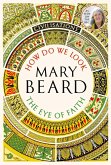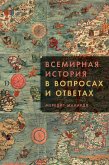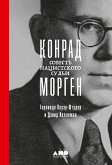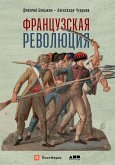The idea of "civilization" has always been discussed. At the heart of these discussions lies the big question of how our ancestors - from antiquity to the present day - portrayed themselves and others, both human and divine. Eminent historian Mary Beard explores how art was shaped and created by the people who created it. How did we look at these images? Why were they sometimes so controversial? In the first part, she explores how the human figure was depicted in some of the world's earliest works of art, from the giant stone heads carved by the Olmecs of Central America, to the statues and pottery of the ancient Greeks, to the terracotta army of China's first emperor. She explains how one particular version of the representation of the human body that goes back to the ancient world still influences (and sometimes distorts) how people in the West see their own culture and the culture of others. Throughout this history, she is interested not only in the artists who made the images, but also in those who used, viewed and interpreted them. In other words: what do we look like? In the second part, Mary Beard addresses the relationship between art and religion. Religion has inspired art for centuries, from the Hindu temple at Angkor Wat to the Christian mosaics of Ravenna and the exquisite calligraphy of Islamic mosques.
Dieser Download kann aus rechtlichen Gründen nur mit Rechnungsadresse in A, B, BG, CY, CZ, D, DK, EW, E, FIN, F, GR, H, IRL, I, LT, L, LR, M, NL, PL, P, R, S, SLO, SK ausgeliefert werden.









